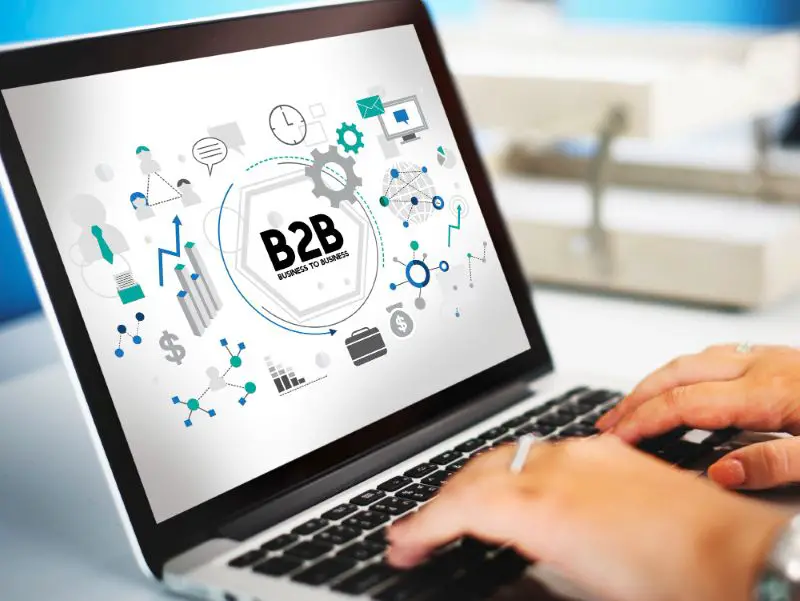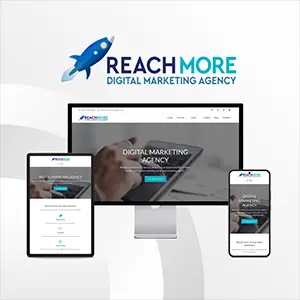Click here to get this post in PDF
B2B lead generation in 2025 looks very different from where it stood five years ago. Back then, companies leaned heavily on email blasts, generic outreach, and volume-driven tactics. Today, lead generation has become sharper, more data-driven, and far more personalized. The shift is about how buyers themselves have changed.
Why does it matter? Because lead generation is still the backbone of pipeline growth and revenue. Without it, there are no conversations, no opportunities, and no closed deals. In fact, 79% of marketers rank lead generation as their top priority, indicating the significant weight it carries in modern B2B lead generation strategies.

What Has Changed in B2B Lead Generation
Buying cycles are longer, with six to ten stakeholders typically involved in most decisions, so outreach must address multiple perspectives. AI and automation now power prospecting and personalization, while intent data pinpoints accounts actively exploring solutions. At the same time, stricter privacy laws, such as GDPR and CCPA, make compliance essential for building trust. And instead of chasing sheer volume, companies are prioritizing fewer but higher-quality sales-qualified opportunities that actually move the pipeline forward.
Core B2B Lead Generation Strategies in 2025
B2B lead generation services today blend inbound, outbound, and partner-driven tactics into a balanced strategy. Buyers expect valuable insights, personalized outreach, and trusted recommendations before engaging with a sales representative. Here’s how the core approaches:
Inbound Lead Generation
Inbound remains the foundation for attracting leads naturally. Content marketing has shifted toward creating long-form, thought leadership, and SEO-driven assets that provide in-depth answers to real buyer questions.
- Content marketing: Long-form articles, thought leadership pieces, and SEO-optimized resources that go deep on buyer pain points. Businesses are focusing on fewer, higher-quality assets that rank well, positioning them as experts.
- Events and webinars: Hybrid and virtual formats attract larger audiences and allow for on-demand access. The most successful sessions address specific challenges and deliver practical solutions.
- Community-based growth: LinkedIn groups, Slack communities, and niche Discord servers are now key spaces where professionals exchange ideas. B2B lead generation companies that add value instead of pushing sales messages gain authority and trust.
Events and webinars continue to be powerful but are now hybrid or fully virtual. This format makes it easier to attract global audiences and record sessions for on-demand engagement. The most effective webinars focus on specific pain points and provide actionable takeaways, rather than high-level product pitches.
Outbound Lead Generation
Outbound has evolved from cold calling and spray-and-pray email campaigns into a precise, multi-channel effort. Sales teams now combine email, LinkedIn, phone, and even WhatsApp to reach prospects where they’re most active. Success lies in sequencing these channels strategically, so each touchpoint feels natural rather than intrusive.
- Multi-channel outreach: Email, LinkedIn, phone, and even WhatsApp are utilized in smart sequences, ensuring each touchpoint feels natural.
- Personalization at scale: AI tools enable tailored messaging based on buyer role, company context, or intent signals—eliminating the need for a “copy-paste” approach.
- Account-based targeting (ABM): Marketing and sales teams align to focus resources on a set of high-value accounts, rather than spreading efforts too thin.
Referral Lead Generation
Partnerships are proving just as valuable as direct outreach. Client recommending your solution often carries more weight than any marketing campaign. More companies are formalizing referral programs to turn customer trust into a steady stream of new opportunities.
- Co-marketing campaigns: Joint webinars, reports, and shared promotions expand reach by tapping into another company’s audience.
- Affiliate/partner ecosystems: Powerful in SaaS and IT, where integrations and partnerships generate warm leads through mutual credibility.
- Customer advocacy & referral programs: Structured initiatives turn satisfied clients into active promoters, creating steady streams of high-quality opportunities.
Metrics That Matter in 2025
Measuring success in B2B lead generation has evolved beyond traditional vanity metrics, including clicks and impressions. The real focus of B2B lead generation services is on numbers that directly impact the pipeline and revenue.
- Pipeline contribution: Track how many qualified opportunities marketing and sales efforts actually add to the pipeline.
- Conversion rates at each stage: From lead to SQL to closed deal, every step reveals where prospects drop off and where to optimize.
- CPL vs. cost per SQL: Cost per lead only tells half the story. Measuring the cost of generating sales-qualified opportunities highlights efficiency and quality.
- Pipeline velocity: How fast opportunities move from first contact to closed deal. Faster velocity means shorter cycles and more revenue predictability.
- Campaign ROI: Every campaign should tie back to revenue. Tracking ROI ensures budgets flow to strategies that deliver growth, not just activity.
Conclusion
Lead generation has shifted from mass outreach and volume-based tactics to a more personalized, data-driven, and ethical approach. Buyers expect relevance, transparency, and real value at every touchpoint.
Winning this year isn’t about chasing every new tool or trend. It’s about aligning technology, people, and processes so they work together seamlessly. A B2B lead generation agency that masters this balance will not only generate more leads but also turn them into lasting, revenue-driving relationships.
Also read: B2B Lead Generation Software: Empowering Businesses to Drive Growth
